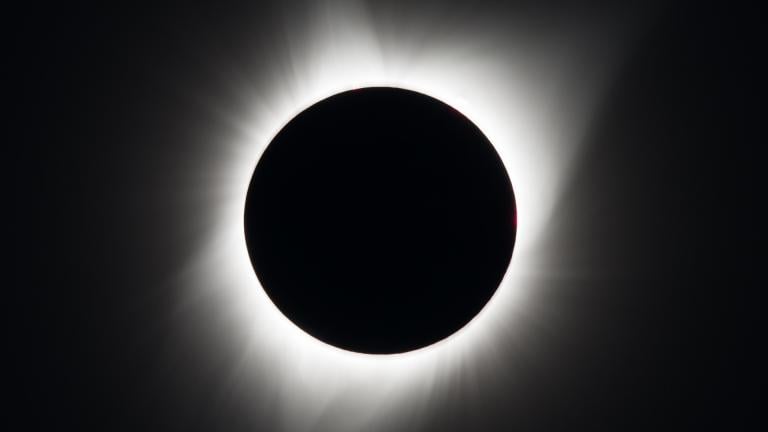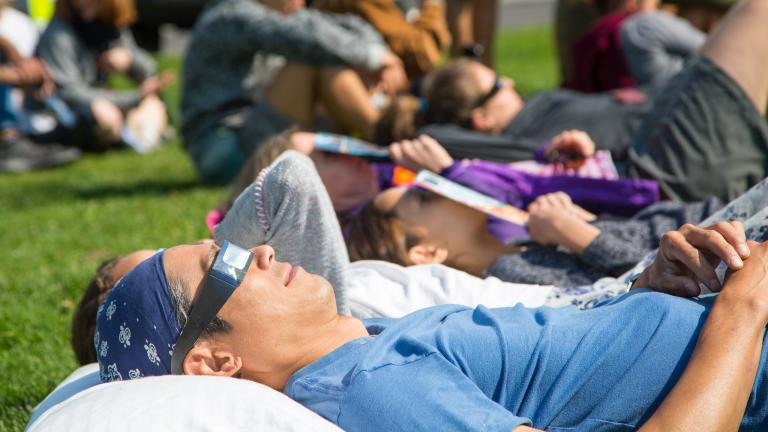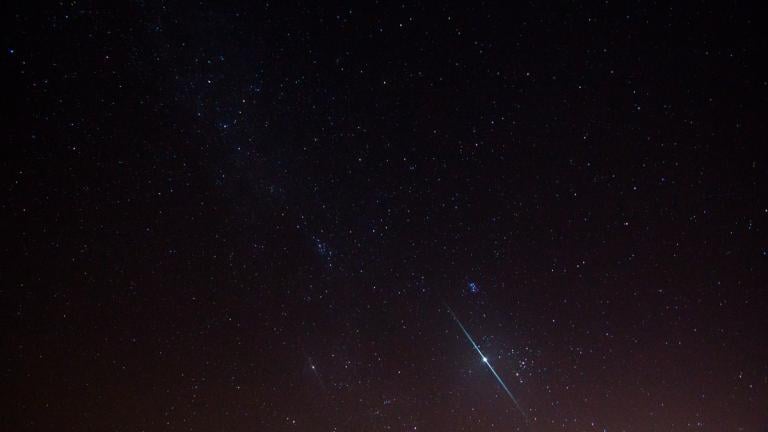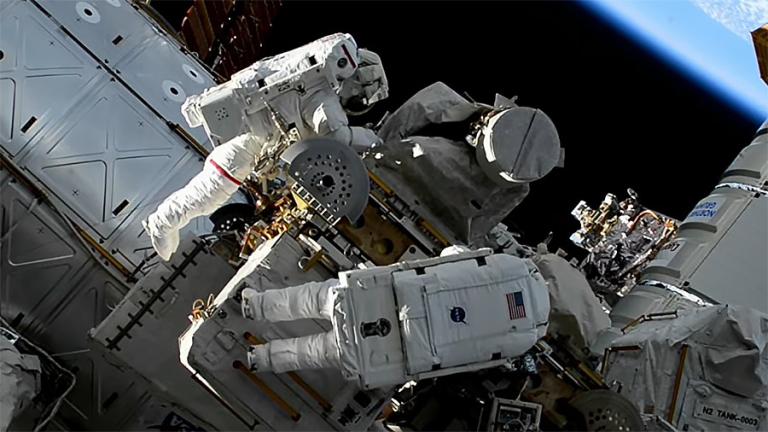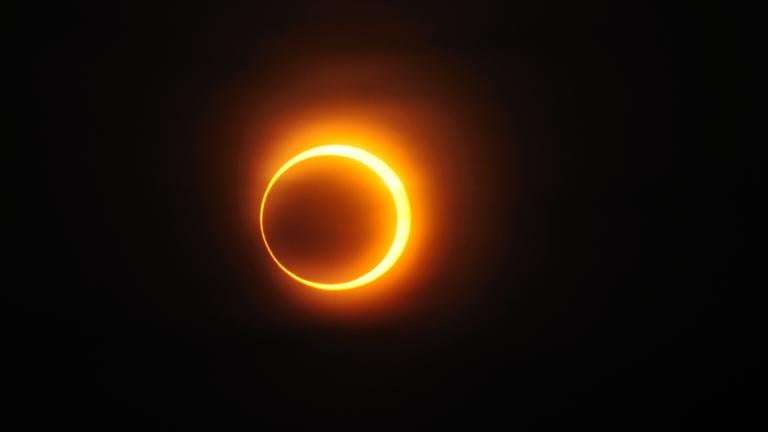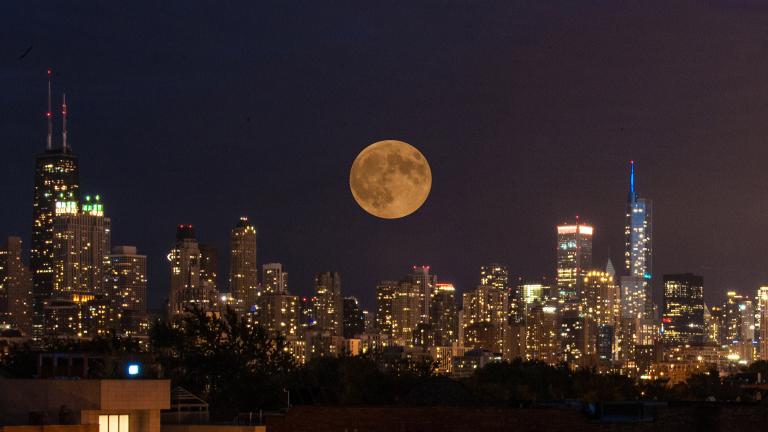Late last year, a small space capsule entered the atmosphere and — after a fiery descent — parachuted to Earth, landing in the Australian Outback.
The capsule was carrying incredibly precious cargo from an ambitious Japanese space mission to land a probe on an asteroid named 162173 Ryugu and bring back samples for study.
Now, Argonne National Laboratory has become the only U.S. facility granted permission by the Japanese team to study tiny fragments of the asteroid using the unique capabilities of its Advanced Photon Source or APS which generates ultra-bright X-rays that enable researchers to study objects at atomic scales.
Leading the team of scientists using the APS to probe the fragments is Esen Ercan Alp, a senior physicist in the X-ray Science division at Argonne. He says the Japanese researchers allowed his team access to the precious fragments because of its pioneering work in using a particular type of X-ray technique called Mossbauer spectroscopy. The technique is so sensitive it can measure the chemical composition of the fragments right down to the level of individual particles.
“I am the third generation in the lab that practices this method,” said Alp. “It started in 1960 and it’s been continuously supported by the lab. So this is an excellent opportunity to show what we can do to the world with a method that we have developed over six decades.”
Alp says he was lobbying the Japanese researchers for permission to analyze the fragments even before they were returned to Earth.
But he says that before the Japanese team would allow them to work on the real asteroid fragments they first sent them test samples from meteorites “to see if we can really do what we say we do.”
“So for two years we studied those samples and analyzed them,” said Alp, and after sending the results to researchers in Japan “they liked what they saw” and granted Argonne access to study the real asteroid fragments.
Alp says it is the APS that draws researchers from all over the world.
“It is about a kilometer in circumference. It’s a huge machine. It’s the largest in the United States, but more importantly it runs electrons around the ring in a special way so that we can study iron in a way that no one else can study,” said Alp. “So that makes us very unique in the world.”
Researchers hope that by studying the asteroid fragments they will be able to learn more about the early formation of the Solar System. Previously, researchers were only able to study meteorites – fragments of asteroids that crash to Earth. But those meteorites have experienced the high-heat of entering the atmosphere and exposure to oxygen which could change their chemical composition.
“For 200 years we have studied different kinds of meteorites and learned quite a bit about their origin. Which part of the asteroid belt they are coming from and so on,” said Alp. “But nevertheless, when the meteorites hit Earth they are exposed to the Earth’s atmosphere and oxygen. Whereas the samples we have we are studying have never seen oxygen after the formation of the planets. So in that sense, the samples contain some mystery that we are trying to unravel (and) we have a chance to look at pristine samples.”
He says his team’s work is just a small part of a massive scientific effort to learn everything possible from the fragments.
“The team is huge,” said Alp. “All the analytical techniques you can think of on Earth is being applied to these samples. And only half of the samples can be used because the other half is secured in a vacuum for posterity because maybe 30 years from now there will be new techniques that reveal new things.”
According to Alp, the Argonne team hopes to complete collecting data in a week and plans to analyze the results and send them to Japan in about a month.
“They will then combine with other results that they are running right now and probably by the end of the year we will have our first scientific papers come together,” said Alp.

